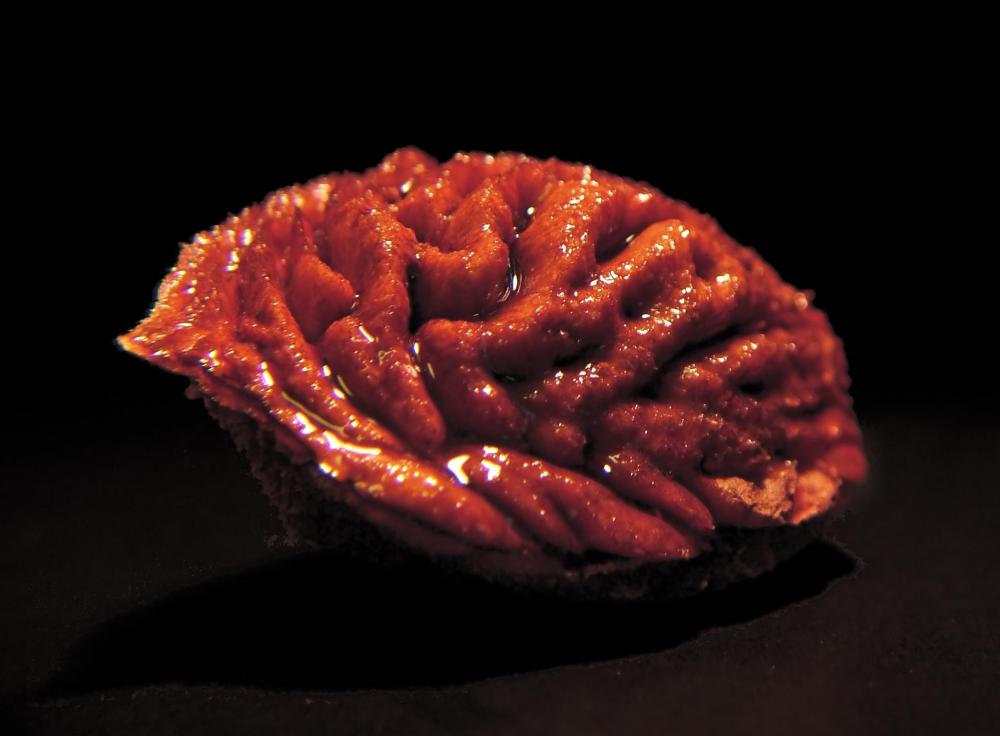At DelightedCooking, we're committed to delivering accurate, trustworthy information. Our expert-authored content is rigorously fact-checked and sourced from credible authorities. Discover how we uphold the highest standards in providing you with reliable knowledge.
What is Ratafia?
Ratafia can refer to a flavoring of bitter almonds, a type of biscuit or a mix of brandy and grape juice, though it is most commonly a fruit- and almond-flavored liqueur typical of Spain, Italy and France. It is generally made from the leftover juice of grapes used to make champagne, which is mixed with brandy and a collection of different fruits and herbs. It is then aged for two years in an oak barrel. While peach and cherry kernels are traditionally used to flavor this drink, any macerated fruit or fruit kernels can be used.
The peach and cherry kernels found inside the pits of peaches and cherries and used in traditional ratafia contain high levels of cyanide, making these types of drinks potentially toxic if not properly prepared. The name ratafia comes from a 15th century liqueur that was used to toast the ratification of a treaty. Today it is considered a regional folk wine that differs by area based on a region's indigenous fruits and herbs. In Spain, citrus fruits are often used in ratafia; pears are a common component in Italy. In France, where this type of drink is thought to have originated, traditional peach and cherry kernels are used as well as bitter almonds and, in many cases, cloves.

In France, where it is most common, ratafia is served as an appetizer with nuts or olives. It is also used as an ingredient in vinaigrettes, marinades and sauces, as well as a poaching liquid for fruits. Italians use ratafia as a dessert drink and as a soaking liqueur for biscotti. In this case it is often served with soft, sweet cheeses such as mascarpone.

Ratafia, while made commercially in many wine regions, can also be made at home. Any wine can be mixed with brandy, fruits, herbs and sugar before being tightly sealed and placed in the refrigerator for three to four weeks. After this time has passed, the ratafia is strained and placed in a clean bottle, ready to be consumed. While this method does not provide the same robust flavor attained by aging the liqueur in barrels, it is the method most commonly used in the rural Mediterranean areas of France, Spain and Italy.

While ratafia has a long history in these European countries, its commercial production is rather small compared to other wines and liqueurs; it is especially small in France, where the production of Champagne rules. Despite this, some version of ratafia can be found in almost every home in Spain, Italy and France, where each family typically has its own special recipe that has been passed down for generations. This celebratory liqueur, more than five centuries old, is deeply ingrained in the culture and traditions of the Mediterranean.
AS FEATURED ON:
AS FEATURED ON:














Discuss this Article
Post your comments